Report this entry
More from the same community-collection
Jennifer Han & Liliana Martinez Title Fight - 2016
Liliana Martinez during the weigh - in --downtown El Paso, ...
Jennifer Han & Liliana Martinez Title Fight - 2016
Jennifer Han at the weigh - in - downtown El Paso, Texas. Weigh ...
Jennifer Han & Liliana Martinez Title Fight - 2016
Jennifer Han at the weigh - in - downtown El Paso, Texas. Weigh ...
Jennifer Han & Liliana Martinez Title Fight - 2016
Jennifer Han at the weigh - in - downtown El Paso, Texas. Weigh ...
Jennifer Han & Liliana Martinez Title Fight - 2016
Jennifer Han & Liliana Martinez Title Fight - 2016 Weigh - in ...
Jennifer Han & Liliana Martinez Title Fight - 2016
Jennifer Han & Liliana Martinez Title Fight - 2016 Weigh - in ...
Jennifer Han & Liliana Martinez Title Fight - 2016
Weigh - in took place at El Camino Real Hotel - downtown El ...
Jennifer Han & Louie Burke - 2016
Louie Burke and Jennifer Han at the weigh - in - El Paso, Texas. ...
Bill Knight & Lester Bedford - 2016
Bill Knight and Lester Bedford at the weigh -in El Paso, Texas. ...
Jennifer Han & Liliana Martinez Title Fight - 2016
Jennifer Han & Liliana Martinez during the weigh - in before the ...
Jennifer Han & Liliana Martinez Title Fight - 2016
Jennifer Han & Liliana Martinez during the weigh - in before the ...
Jennifer Han & Liliana Martinez Title Fight - 2016
Jennifer Han & Liliana Martinez during the weigh - in before the ...
Jennifer Han & Liliana Martinez Title Fight - 2016
Jennifer Han & Liliana Martinez during the weigh - in before the ...
Jennifer Han & Liliana Martinez Title Fight - 2016
Jennifer Han & Liliana Martinez during the weigh - in before the ...
Jennifer Han Weigh - In- 2016 - Video
Jennifer Han & Liliana Martinez during the weigh - in before the ...





















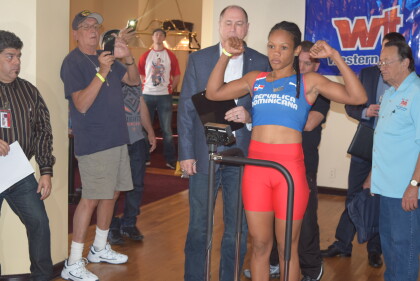
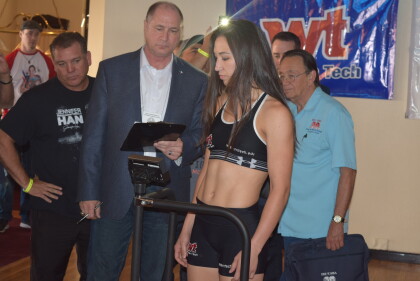
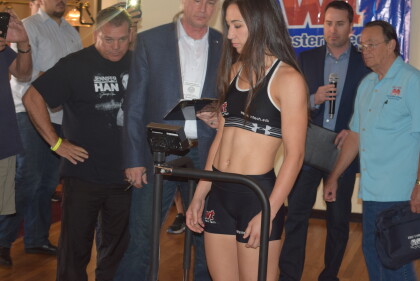
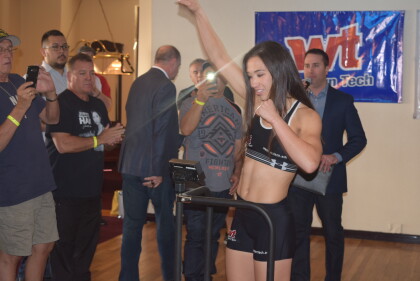
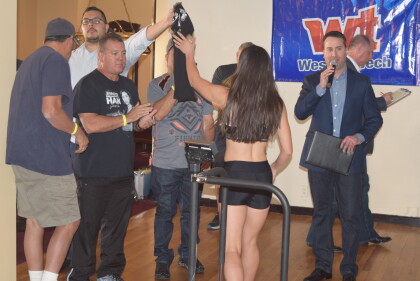
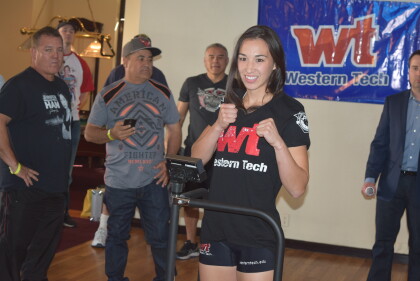
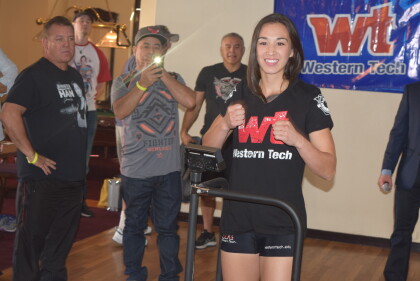
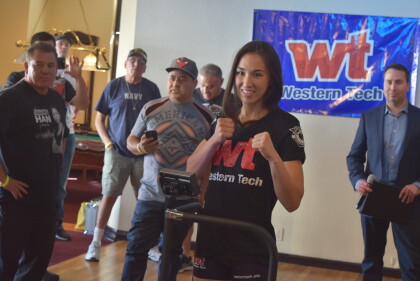
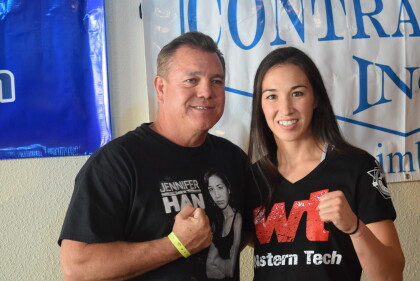
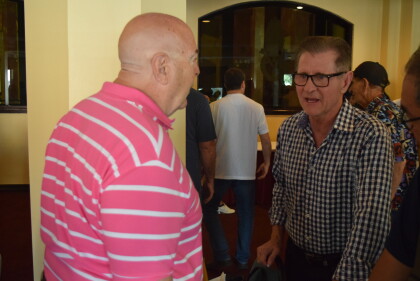


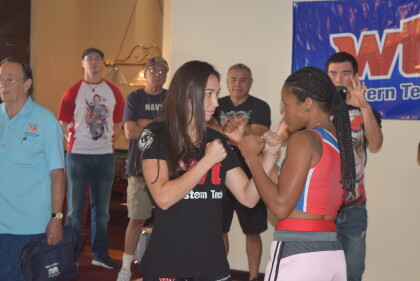
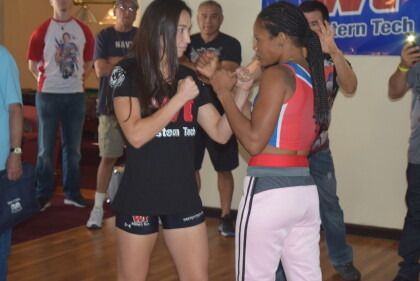
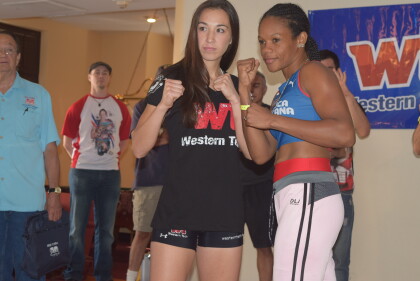
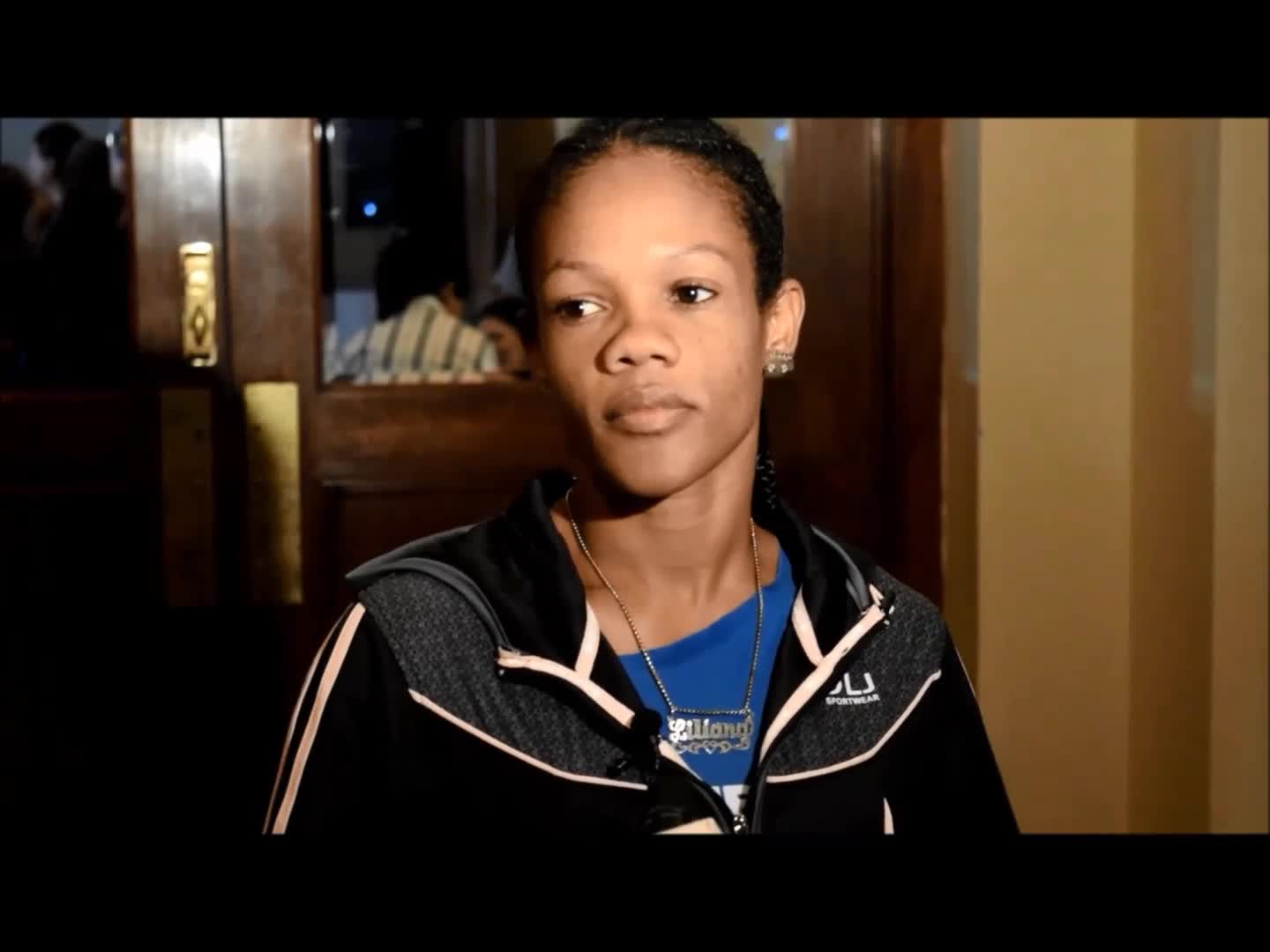
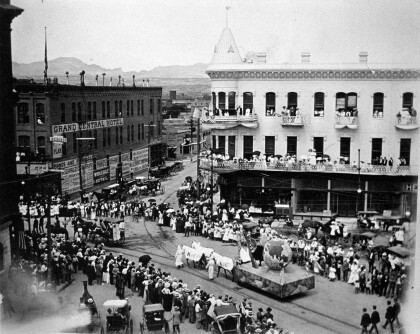
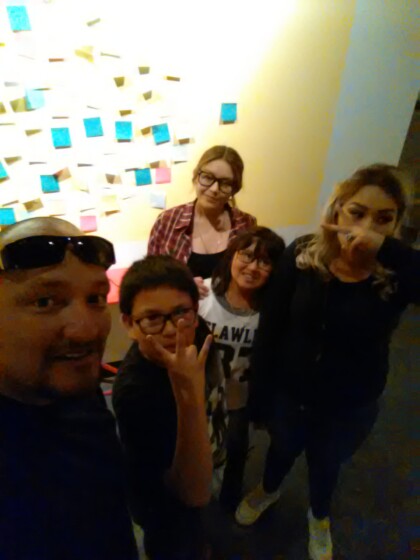

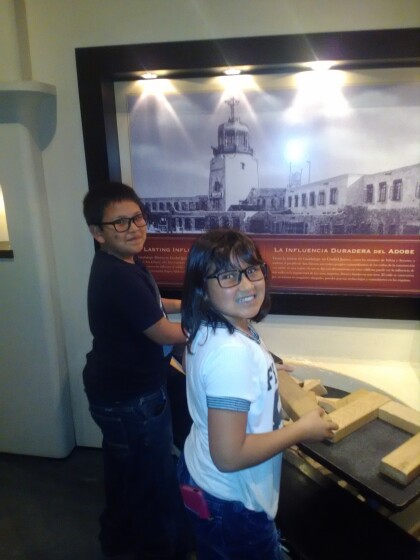

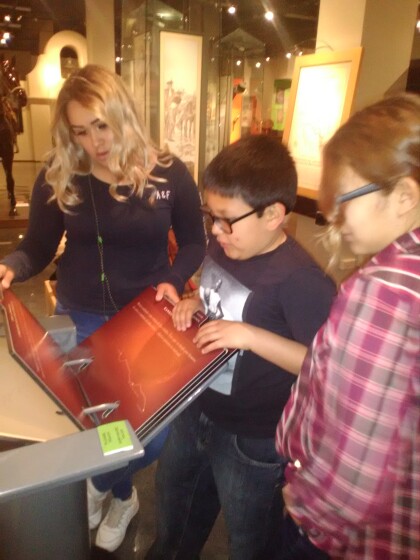

Comments
Add a comment